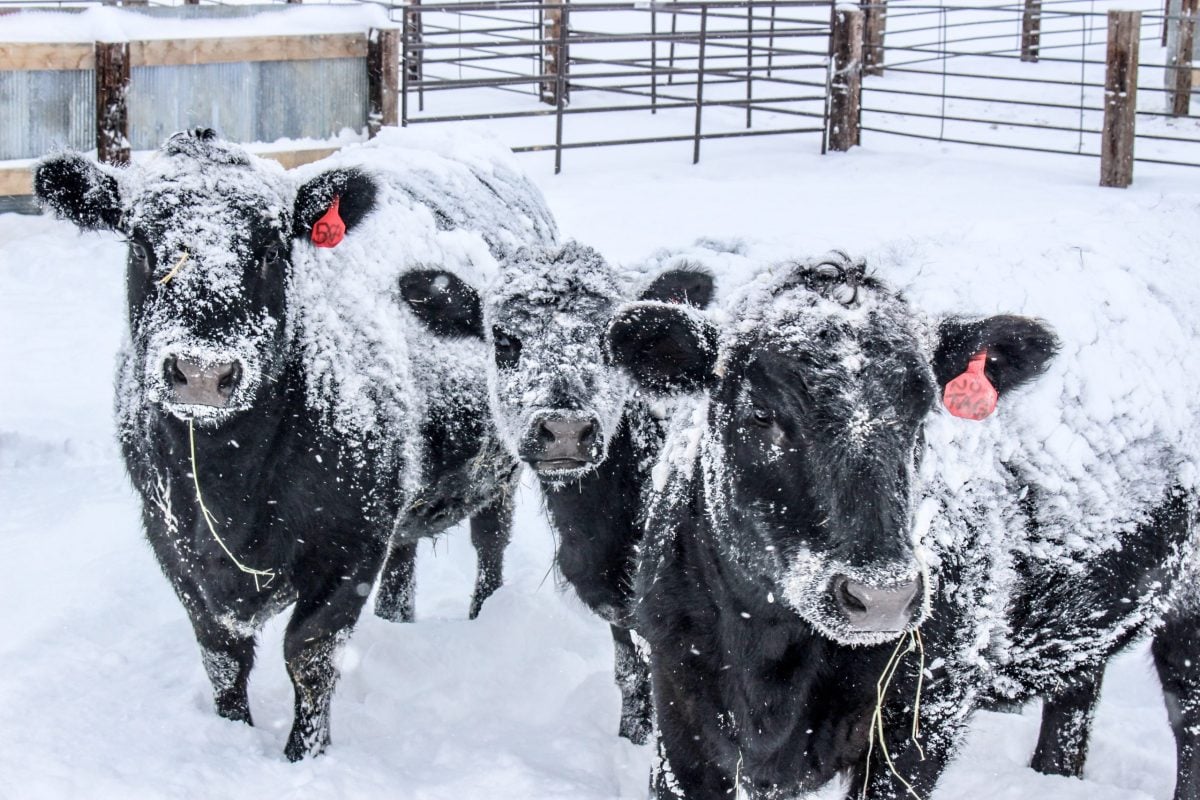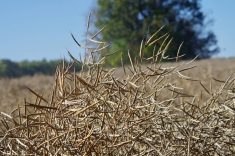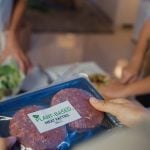Western Canadian feeder cattle markets were $1 to $2 higher despite the weaker tone in other commodity markets. Fed cattle were steady to $1 lower causing feedlot buying interest to remain strong throughout the week. Healthy feeding margins along with weakness in the corn market appeared to override the Japanese demand uncertainty.
In central Alberta, feeder steers just over 500 pounds brought back $158 per hundredweight; 620-lb. steers were selling for $147; 850-lb. replacement steers were quoted at $117-$122.
U.S. values at the Oklahoma City auction market were 42 cents to $3 higher for all weight categories. CME (Chicago Mercantile Exchange) feeder cattle futures came under pressure after the Japanese earthquake but it appears beef exports to Japan are continuing as usual.
Read Also

U.S. livestock: CME cattle futures rise on expectations of tight supplies
Chicago | Reuters – Chicago Mercantile Exchange cattle futures climbed on Wednesday as market players anticipated tighter cattle supplies in…
Speculative funds were liquidating long positions in the futures but the effect on the cash market has been minimal. Notice the October feeder cattle futures are carrying a $1-$2/cwt premium over the May contract. This reflects that we should see steady to slightly higher values through the summer for all replacement cattle.
Wholesale beef prices continue to climb higher supporting the cattle complex. I mentioned in earlier issues that retail prices are expected to climb another 10 per cent over the next three to five months and it will be important to see how the consumer reacts to the higher price structure.
U.S. eating and drinking establishment place sales reached a record high of $40.5 billion in February. At the same time, U.S. private sector jobs increased by 222,000, the strongest gain in 10 months. Incomes are increasing across the U.S. demographics and consumers appear to feel confident spending money, especially on food and restaurant purchases.
— Jerry Klassen is a commodity market analyst in Winnipeg and maintains an interest in the family feedlot in southern Alberta. He writes an in-depth biweekly commentary, Canadian Feedlot and Cattle Market Analysis, for feedlot operators in Canada. He can be reached by email at [email protected] or at 204-287-8268 for questions or comments.















